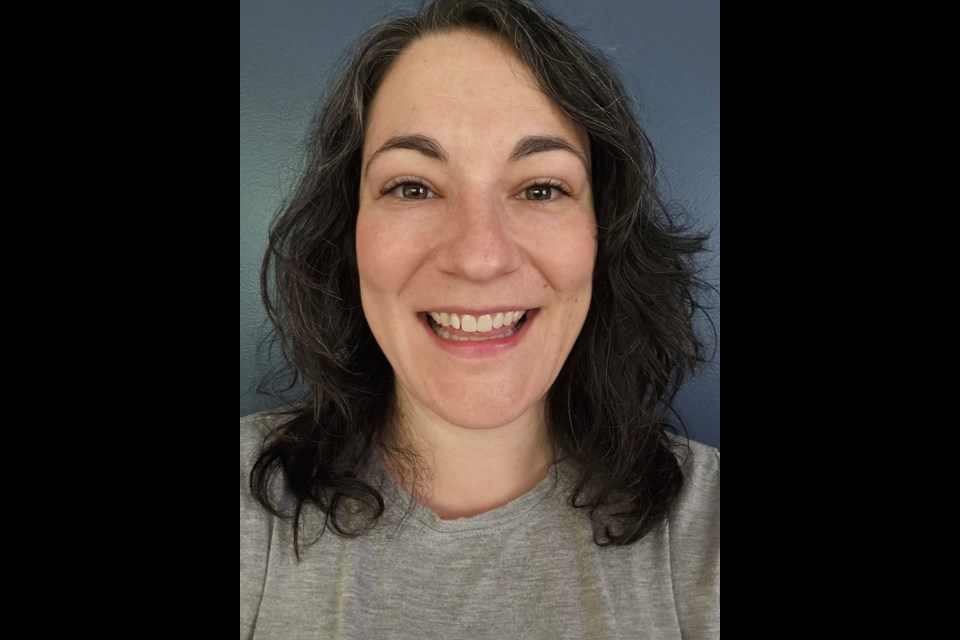Have you ever wondered how a massage therapist can help you?
As we know, the power of touch can be soothing, calming and comforting. But, how does that translate in a professional setting if you’re injured, or on the brink of burning out?
From province to province, massage regulations defer. BC has some of the most educated registered massage therapists (RMTs) in the country.
Even though not all RMTs are the same, you can rest assured that we all have the same rehabilitative education, ethics and boundary training, and mandatory courses hosted by our regulatory body, the College of Massage Therapists of British Columbia (CMTBC). Where one massage therapist is different from another is the continuing education path they have chosen.
When making an appointment with an RMT, a typical amount of time for a treatment is 60 minutes. For a first time visit, this gives us an opportunity to go over your health history, make a treatment plan, give a treatment and discuss any home care recommendations afterward.
There are various massage techniques used by massage therapists to address different needs and conditions. Here are some commonly practiced massage techniques:
Swedish massage
This is a gentle and relaxing massage technique that involves long flowing strokes, kneading and circular movements. It aims to promote relaxation, improve circulation and relieve muscle tension.
Deep tissue massage
This technique uses slower, more firm pressure to target deeper layers of muscles and connective tissues. It can help with chronic muscle tension, injury rehabilitation and relieving pain.
Sports massage
This targets specific muscles and soft tissues to enhance athletic performance, prevent injury and promote recovery. It often involves stretching, compression and friction techniques.
Trigger point therapy
This technique focuses on specific areas of muscle tightness or knots called trigger points. Pressure is applied to these points to alleviate pain and release muscle tension. Tension headaches are often caused by trigger points located in the muscles at the base of the skull and in the neck and shoulders.
Myofascial release
This targets the fascia, a connective tissue that surrounds muscles, to release restrictions and improve mobility. It involves gentle, sustained pressure and stretching techniques.
Specific techniques used during a massage can vary based on the therapist's training, your needs and preferences, and any health conditions you may have. It's always a good idea to communicate with your massage therapist about the type of massage you prefer and any specific areas or concerns you want to address.
Effective massage therapy aims to create a therapeutic and safe environment for the body to relax and heal. By promoting relaxation and reducing stress, massage can help calm an overactive nervous system. Gentle and moderate pressure, along with appropriate techniques, can often yield better outcomes in terms of pain relief and relaxation than intense or painful pressure.
It is important to communicate openly with your massage therapist about your pressure tolerance, preferences and treatment goals. A skilled and knowledgeable therapist will adapt their techniques and pressure according to your needs and comfort level.
Remember, massage therapy should be a collaborative process between you and your therapist to ensure a safe and effective treatment experience. Trusting your therapist and providing feedback during the session is key to achieving the best possible outcome.
Brigitte Villeneuve is an RMT and owner of Timber Massage and Wellness in the qathet region.
Join the Peak's email list for the top headlines right in your inbox Monday to Friday.




